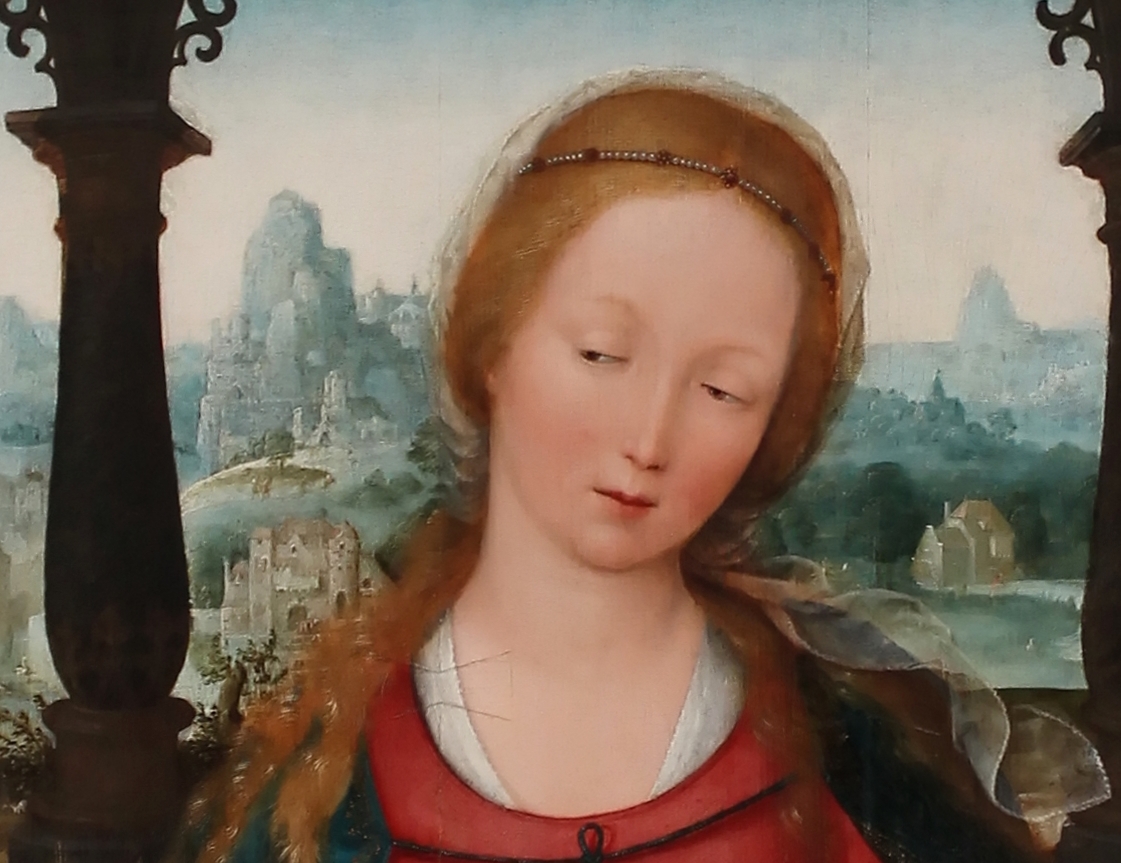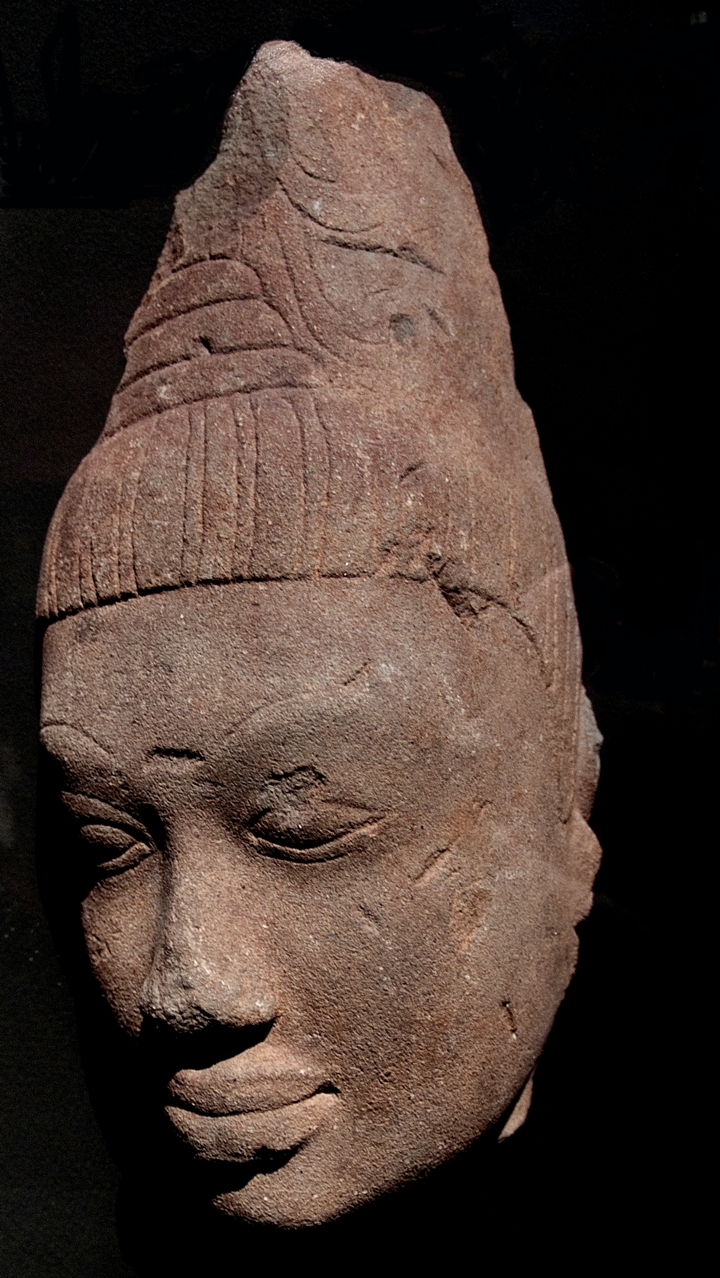Carl Zewy (1855-1929) was an Austrian** genre, portrait and landscape painter. He born in Vienna and studied at the Vienna Academy under August Eisenmenger and at the Munich Academy as well.
The art dealer Friedrich Schwarz became a patron of his art and provide him with numerous commissions.
The art dealer Friedrich Schwarz became a patron of his art and provide him with numerous commissions.
In addition, he regularly takes part in the exhibitions of the Vienna Künstlerhaus. Today Zewys works can be found in the collection of the Historical Museum of Vienna.


























































.jpg)
.jpg)










